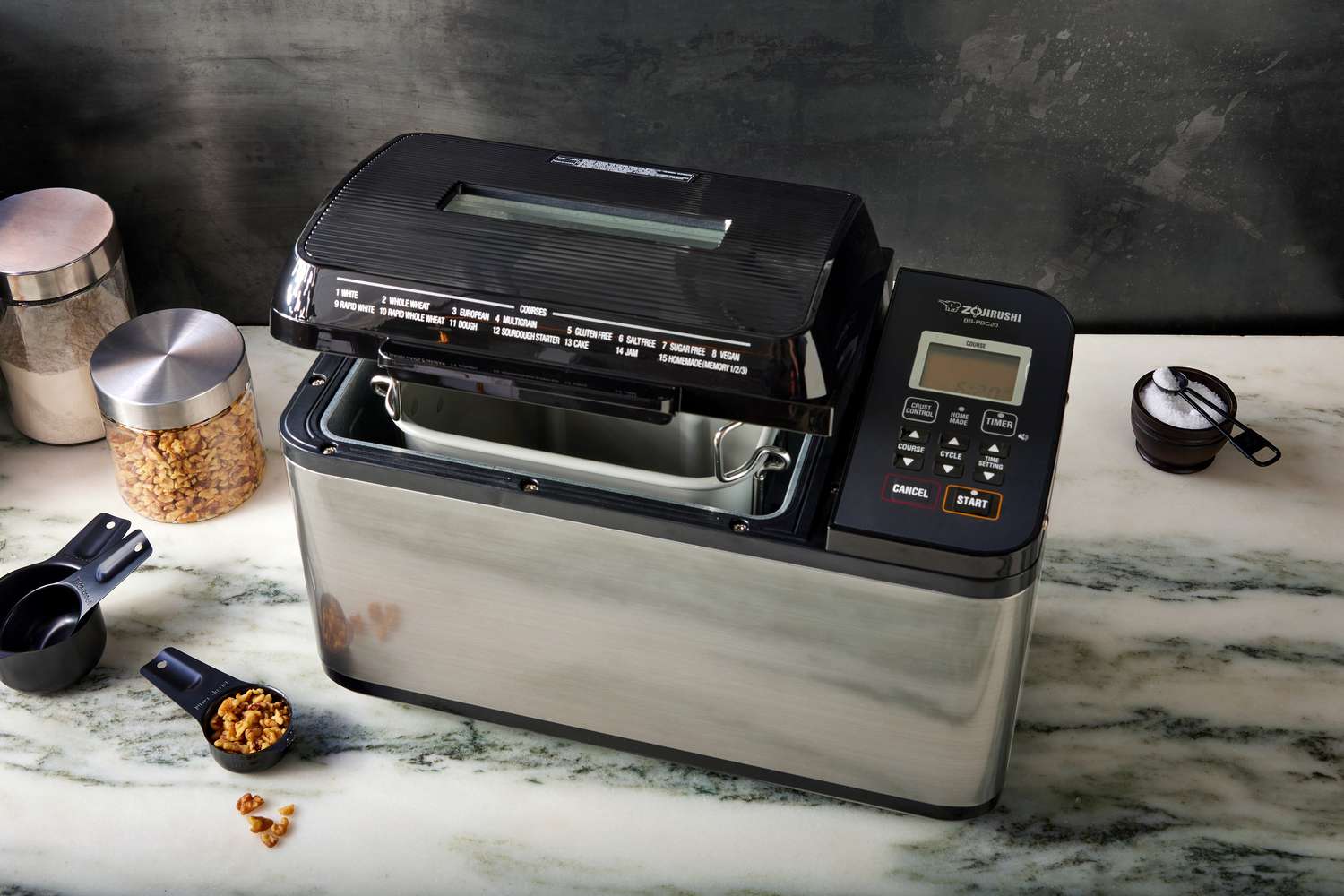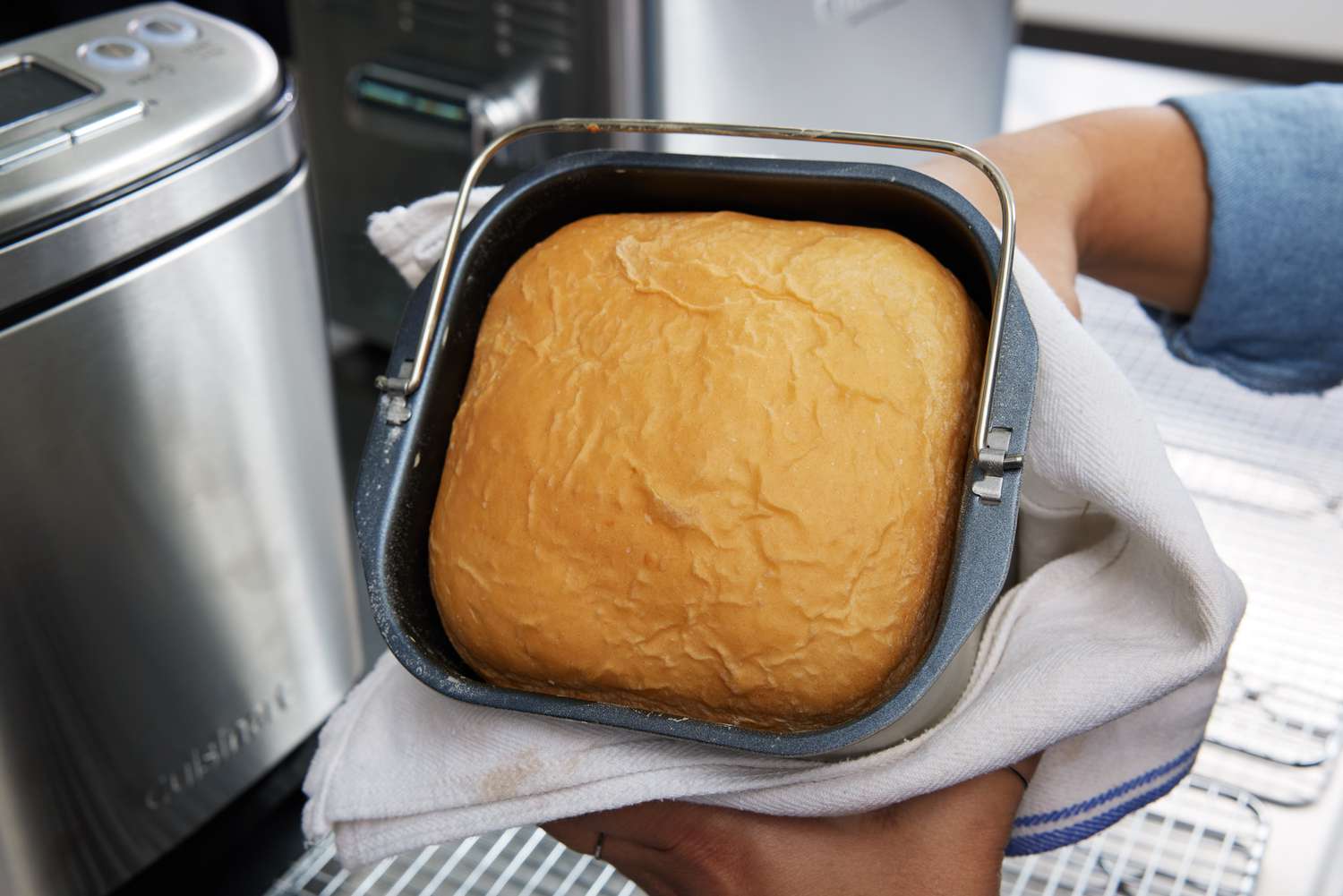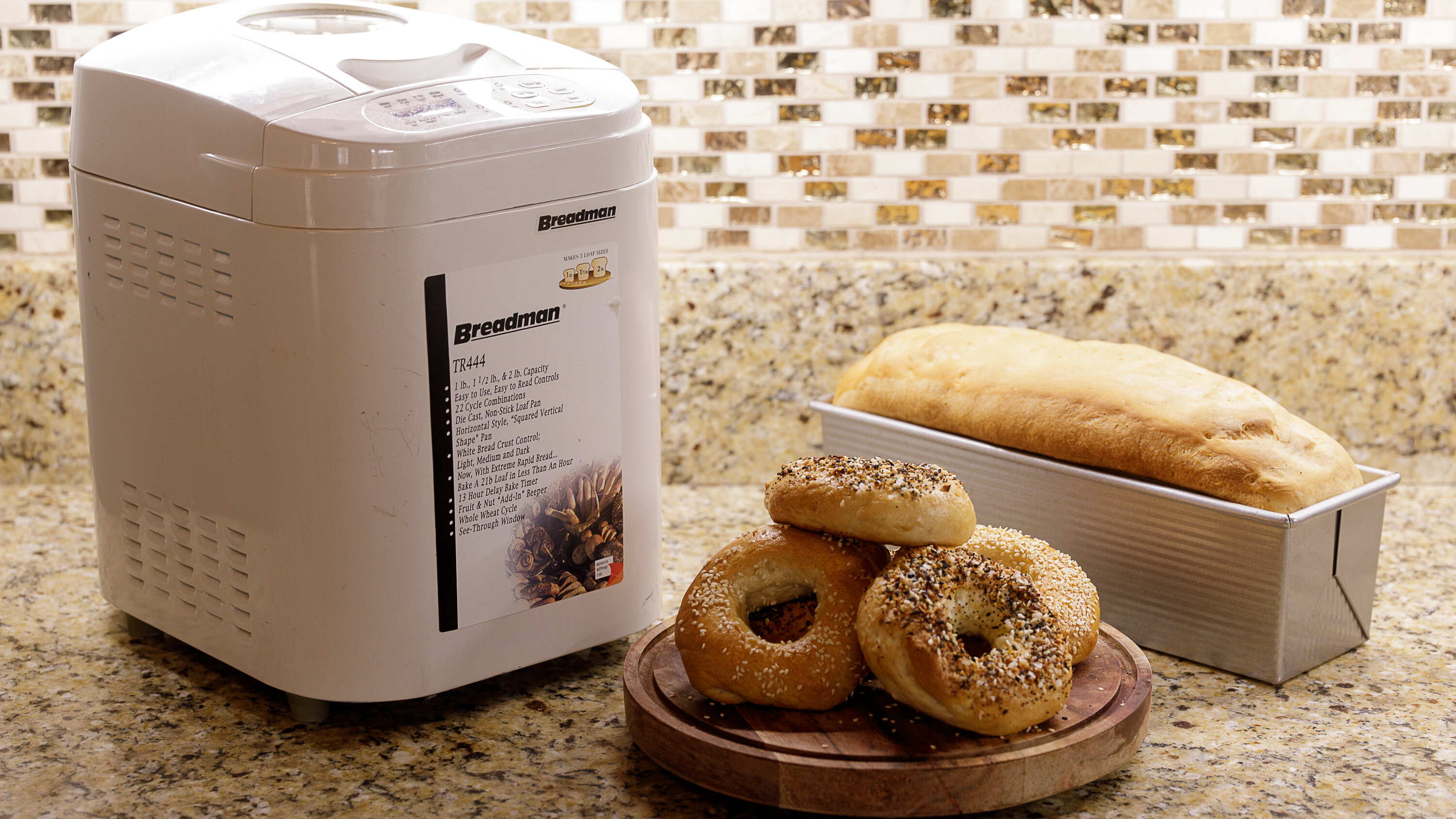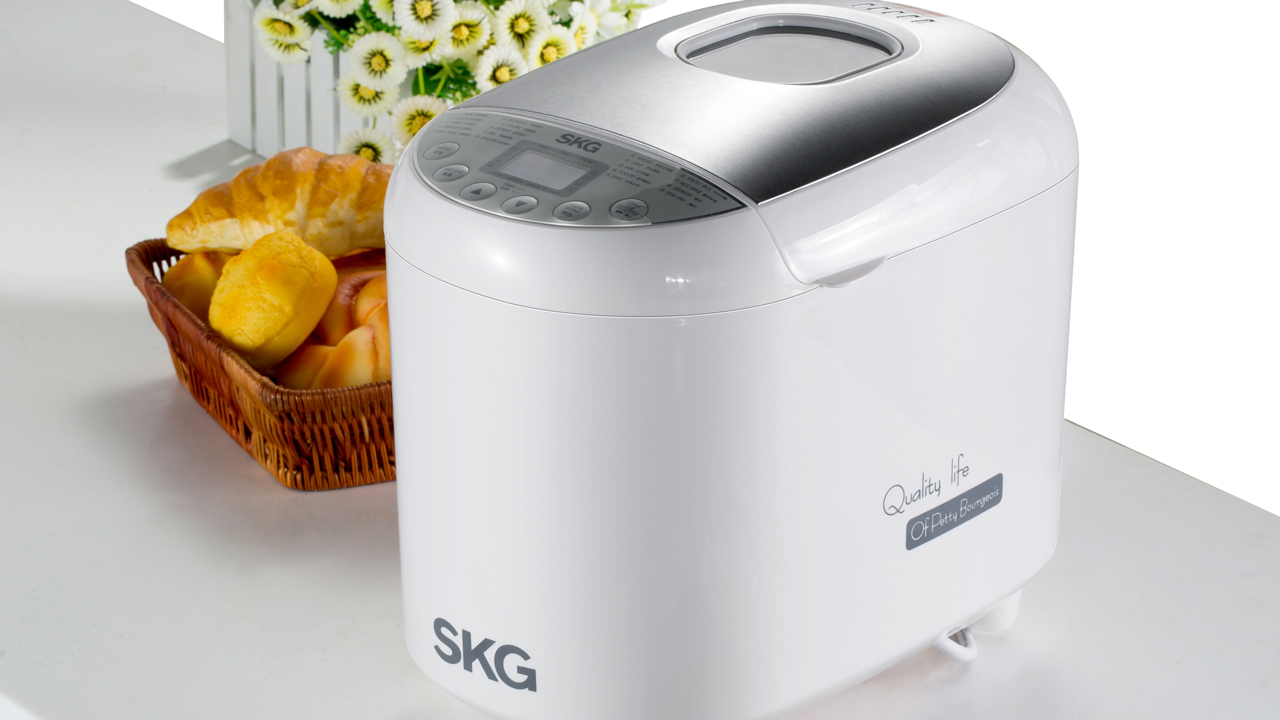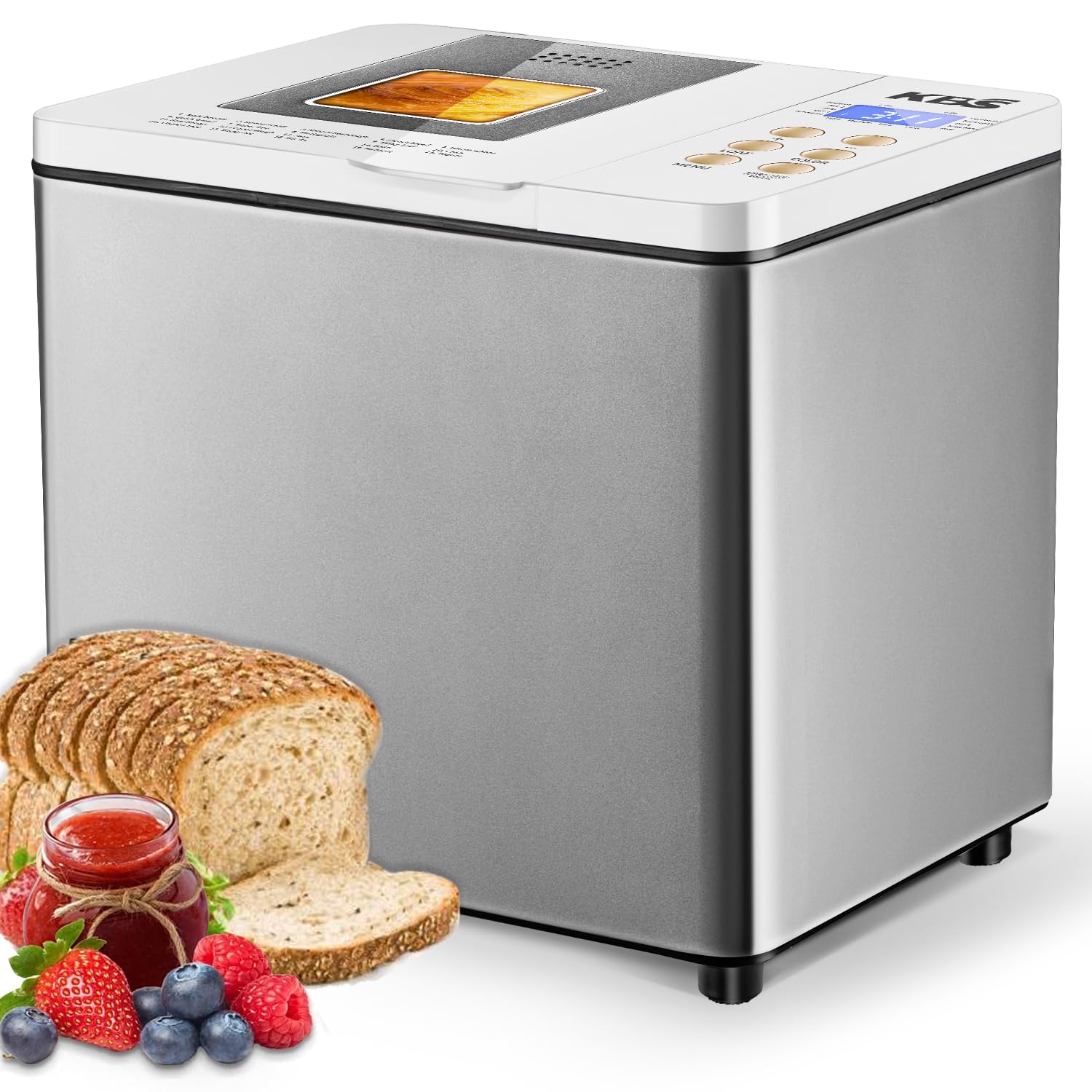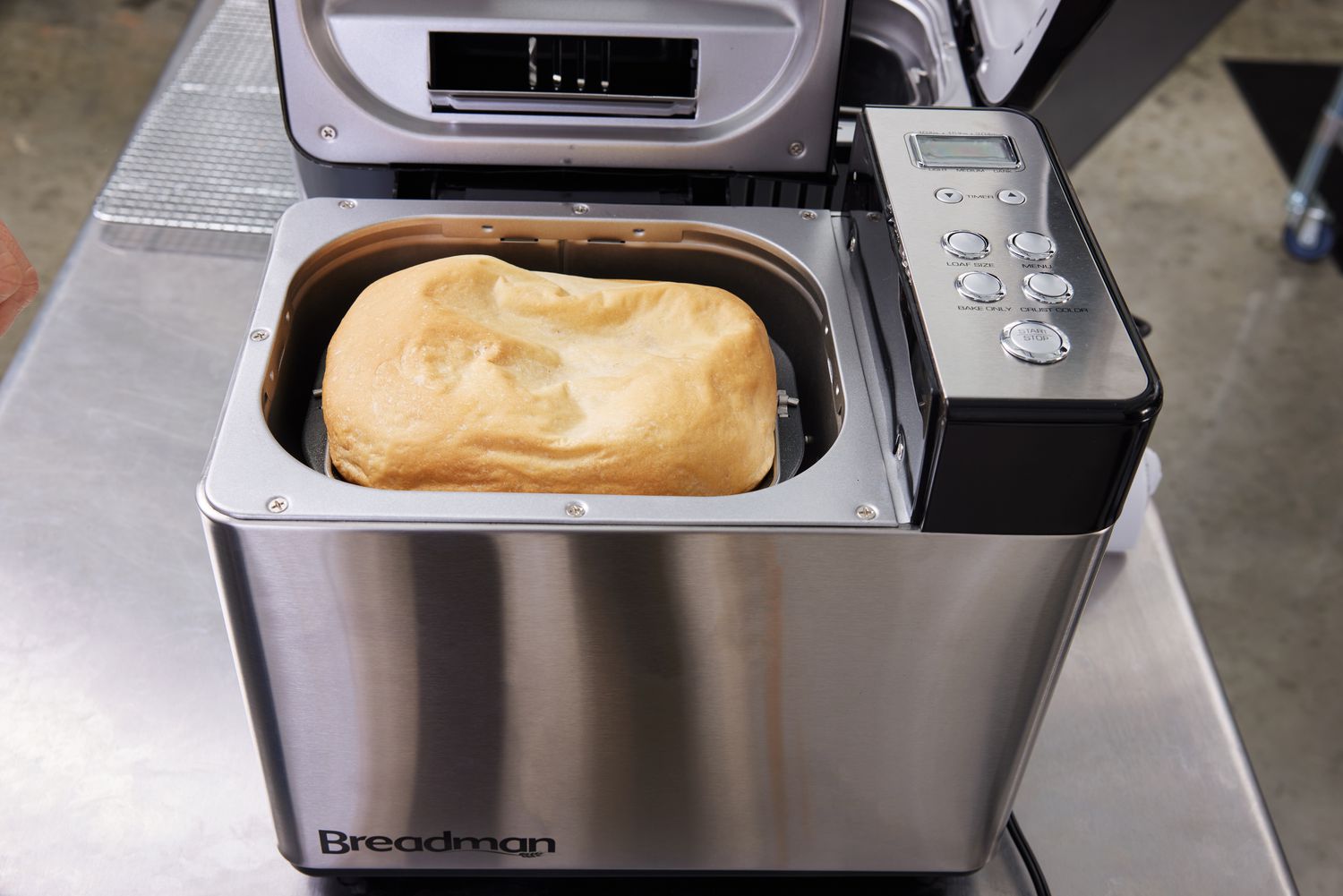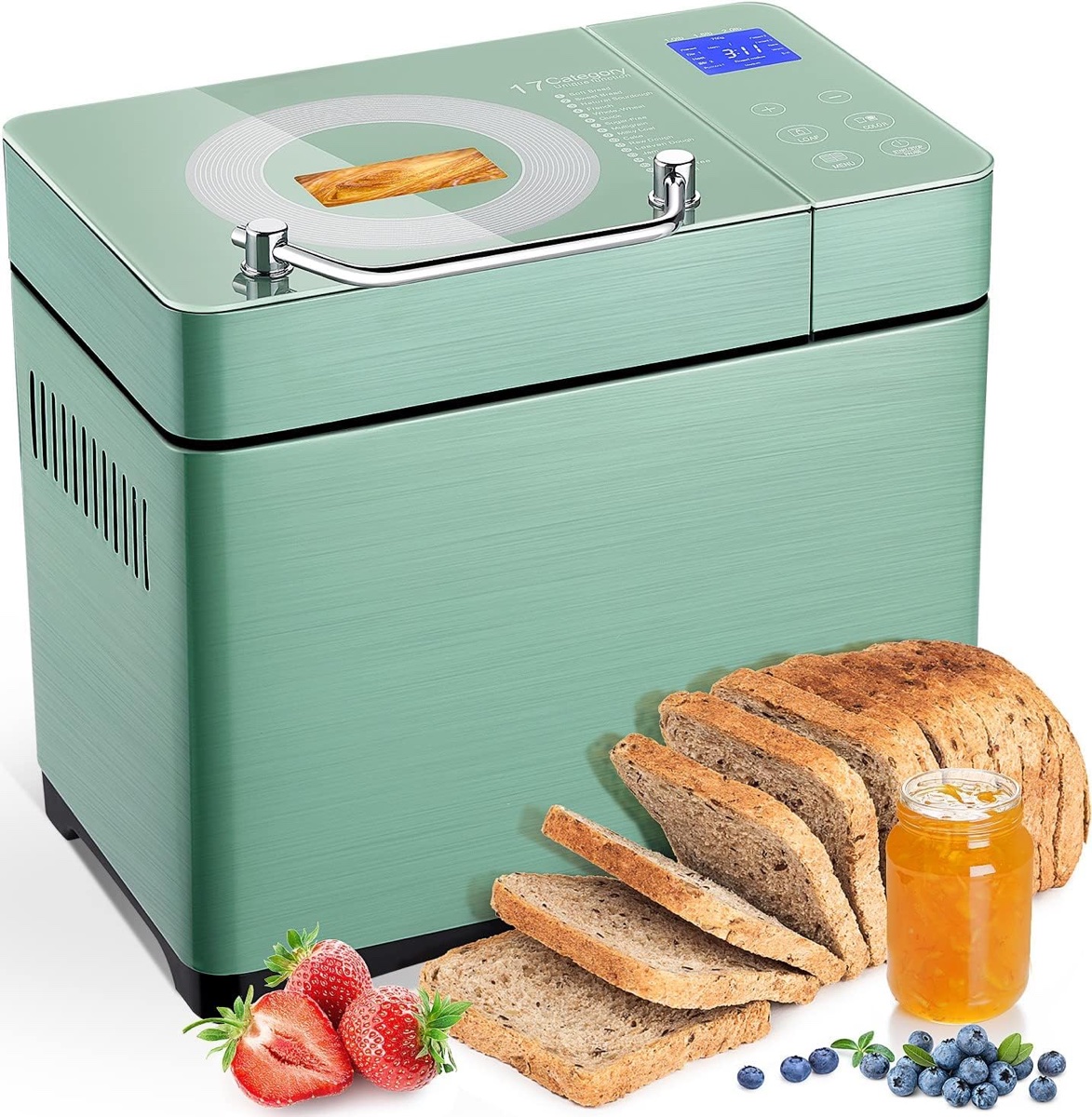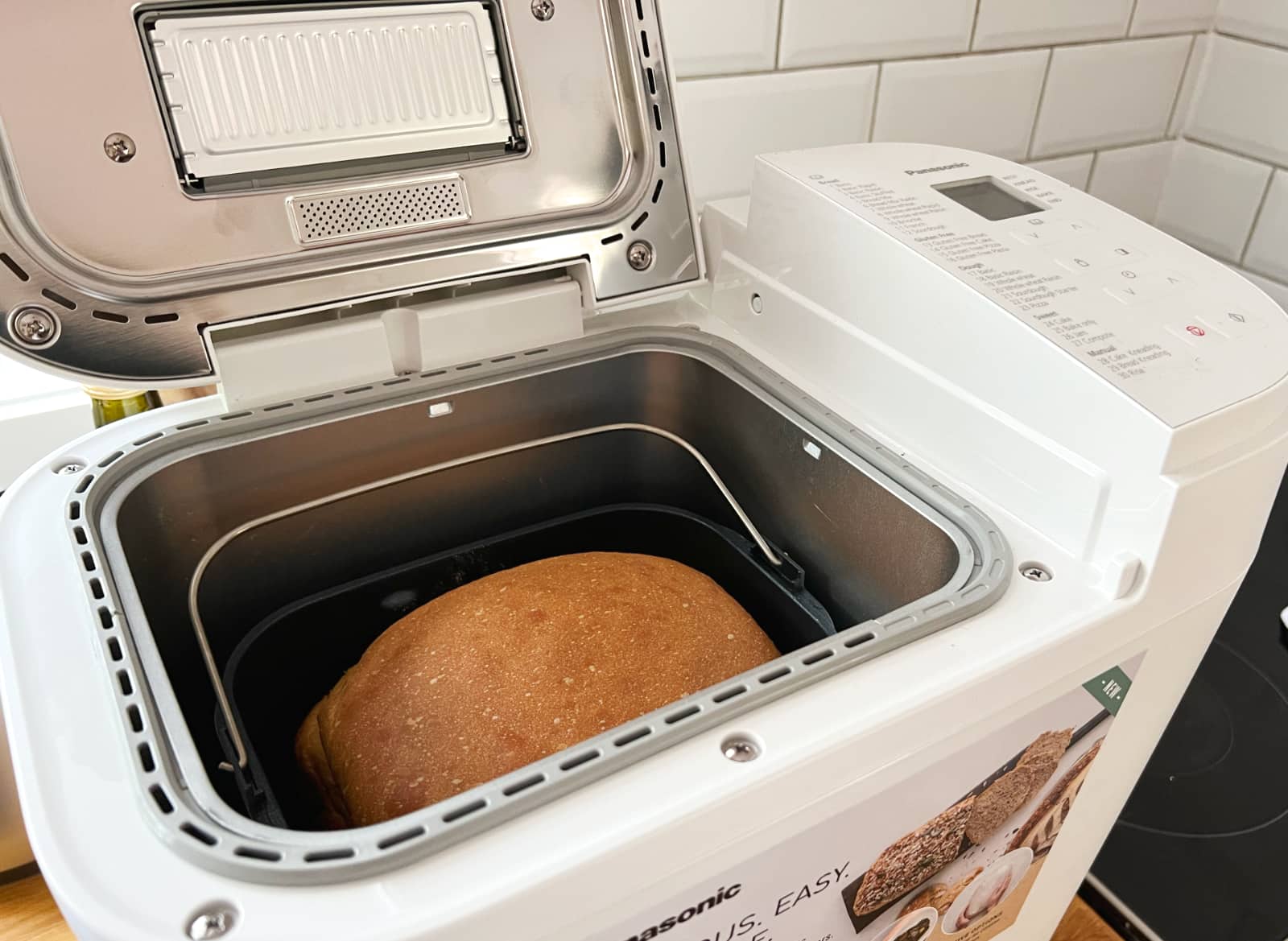Home> Bread machine
Revolutionize Your Baking with the Ultimate Bread Machine Guide!
Discover how to revolutionize your baking with the ultimate bread machine guide! Master the art of bread making with expert tips and delicious recipes.
By: Oliver Mitchell • 100 Best Kitchen Furniture To Make Your Cooking Hassle-Free
By: Amelia Brooks • 100 Best Kitchen Furniture To Make Your Cooking Hassle-Free
How To Slice Bread Using A Bread Machine
By: Sophie Thompson • 100 Best Kitchen Furniture To Make Your Cooking Hassle-Free
How Long Does a Bread Machine Take To Make Bread
By: Lily Evans • 100 Best Kitchen Furniture To Make Your Cooking Hassle-Free
